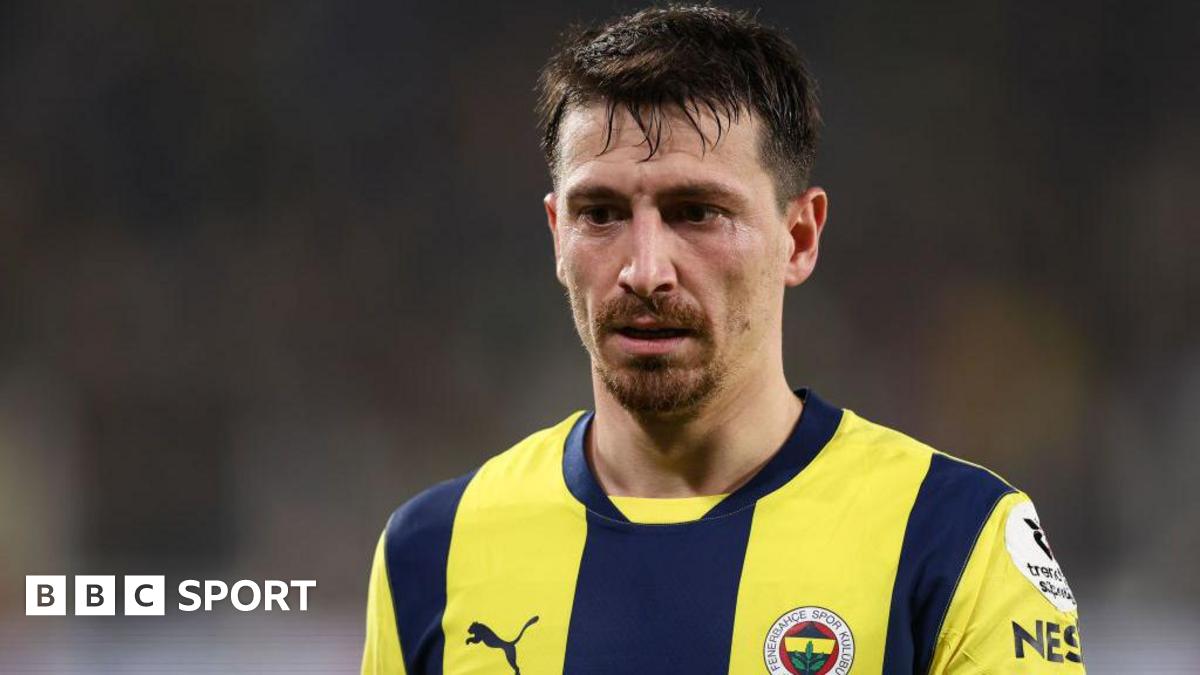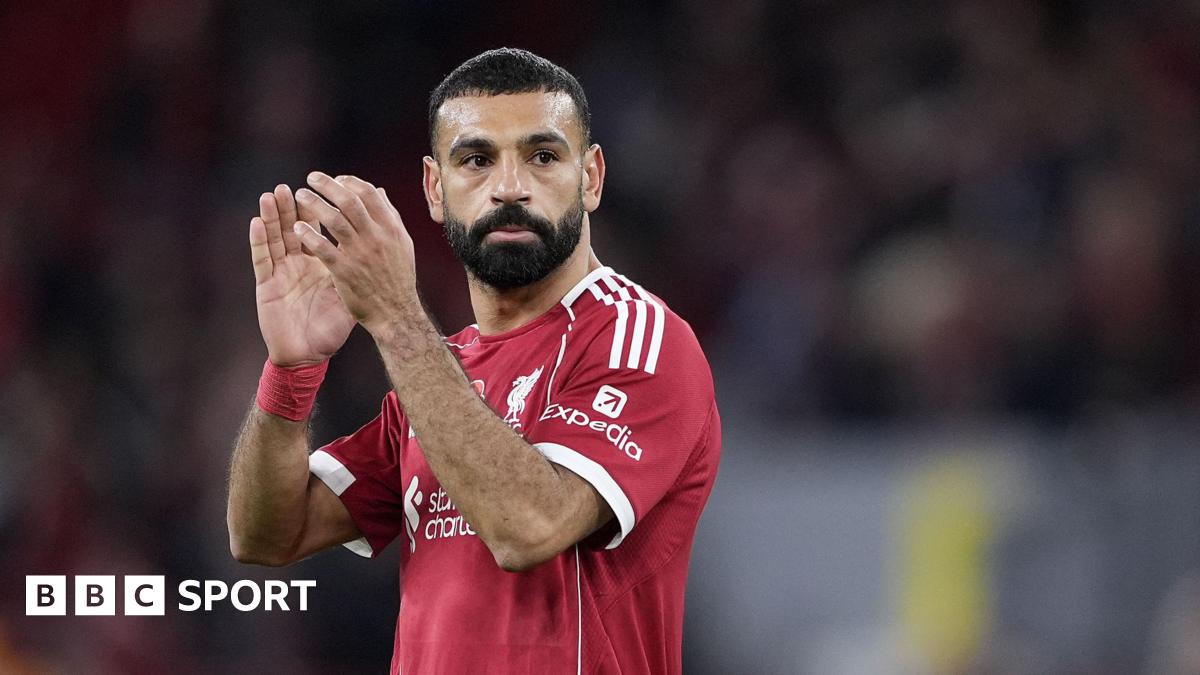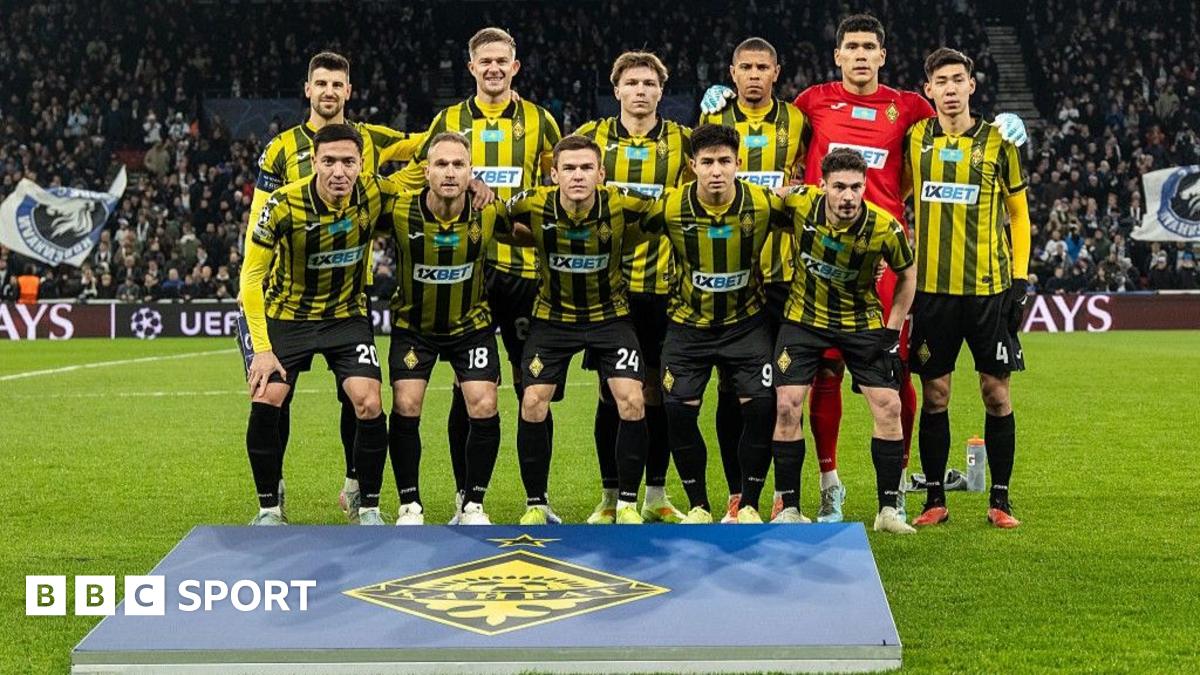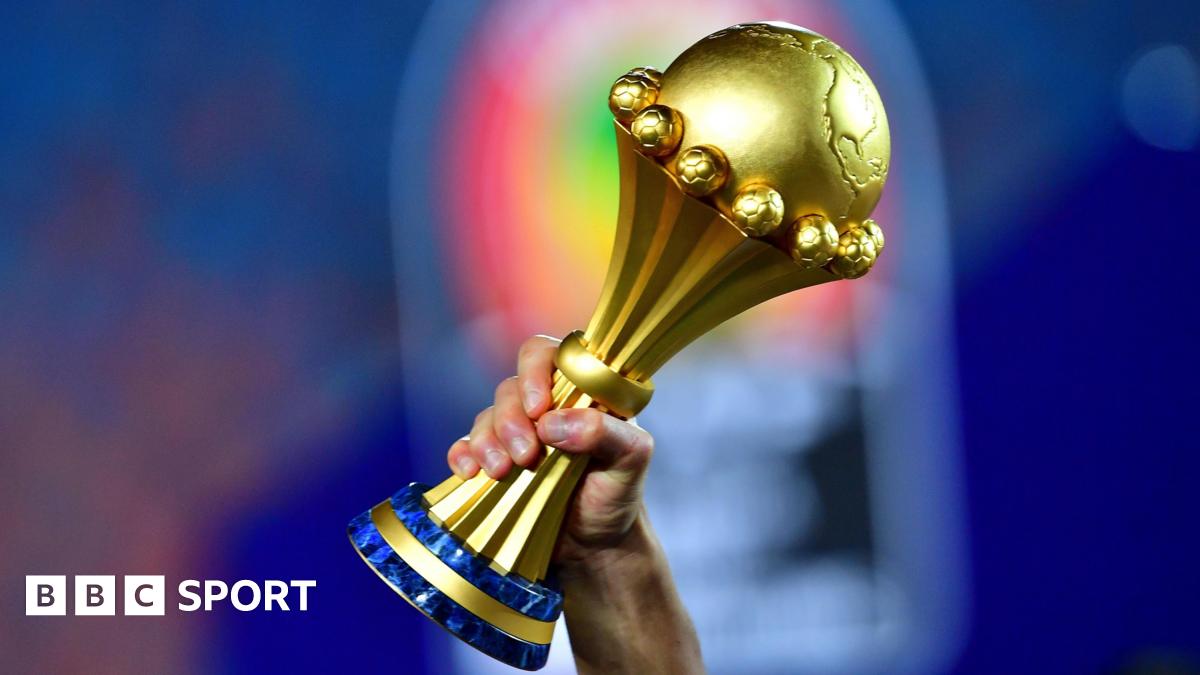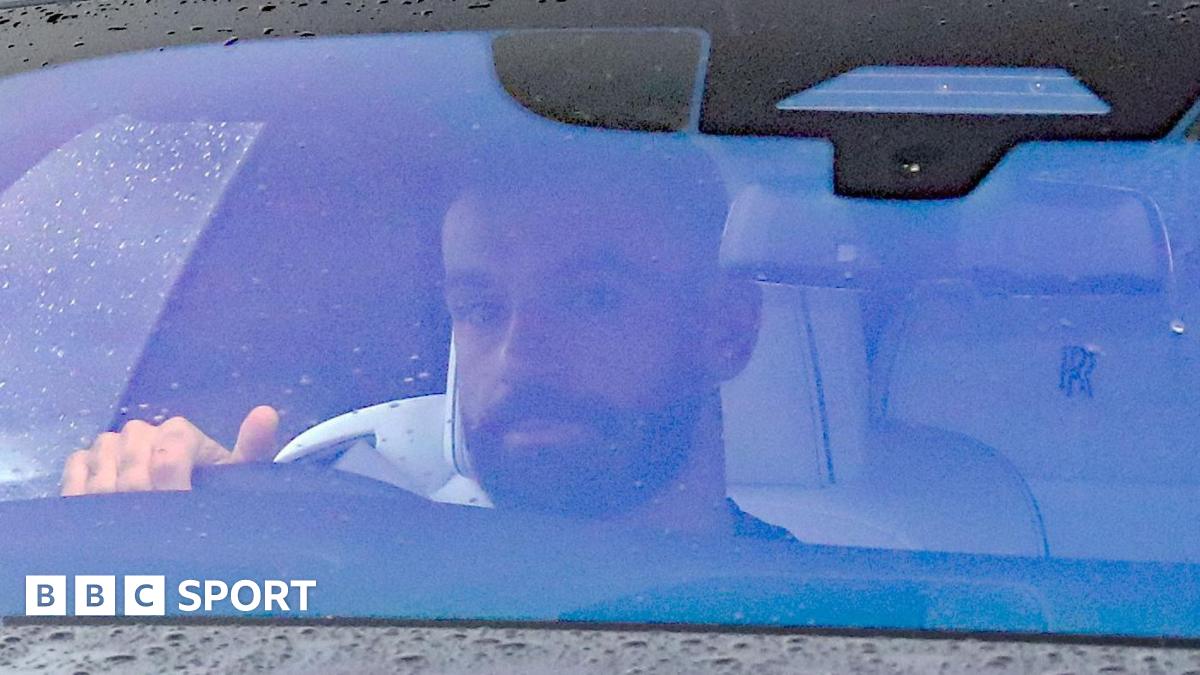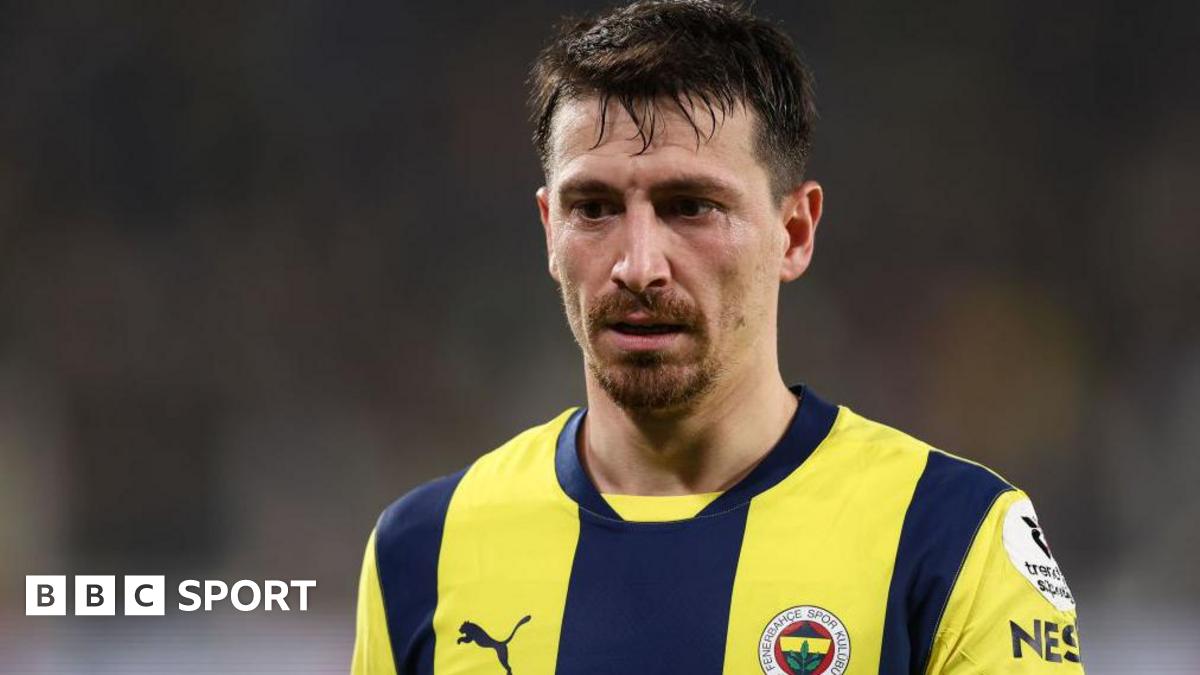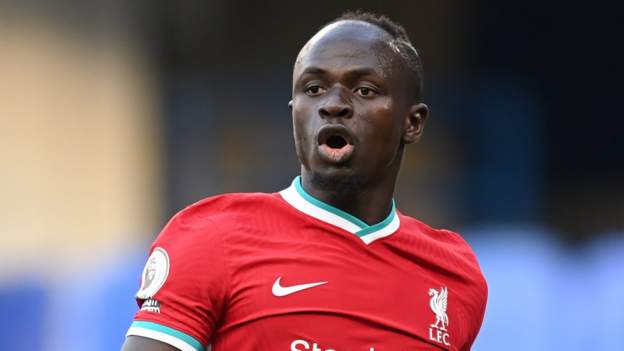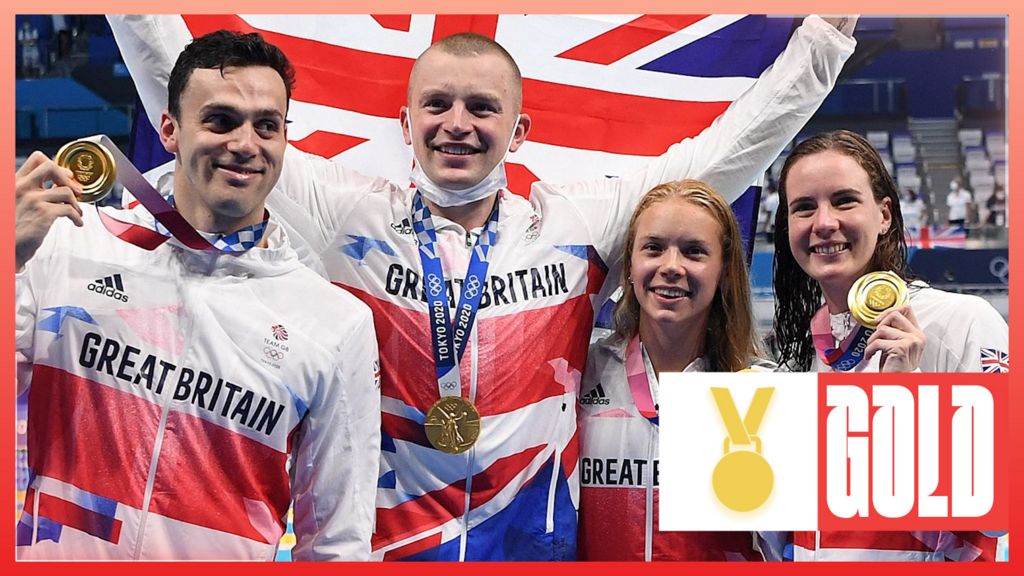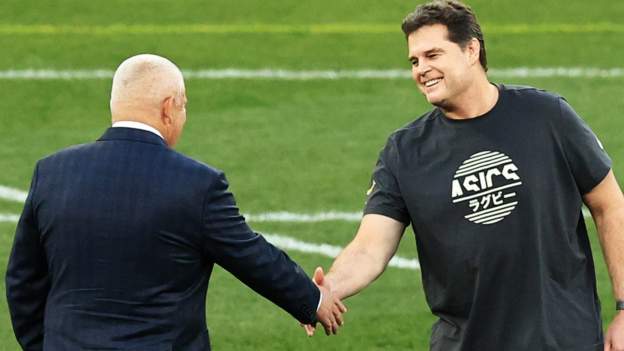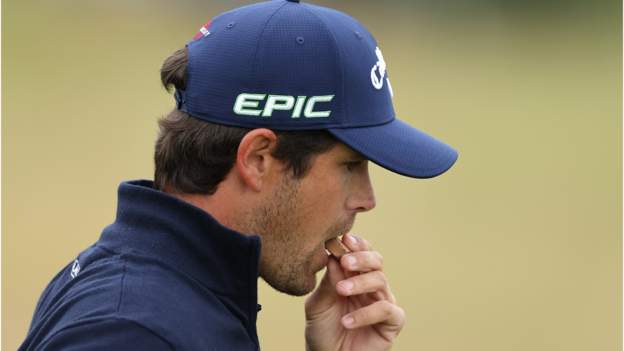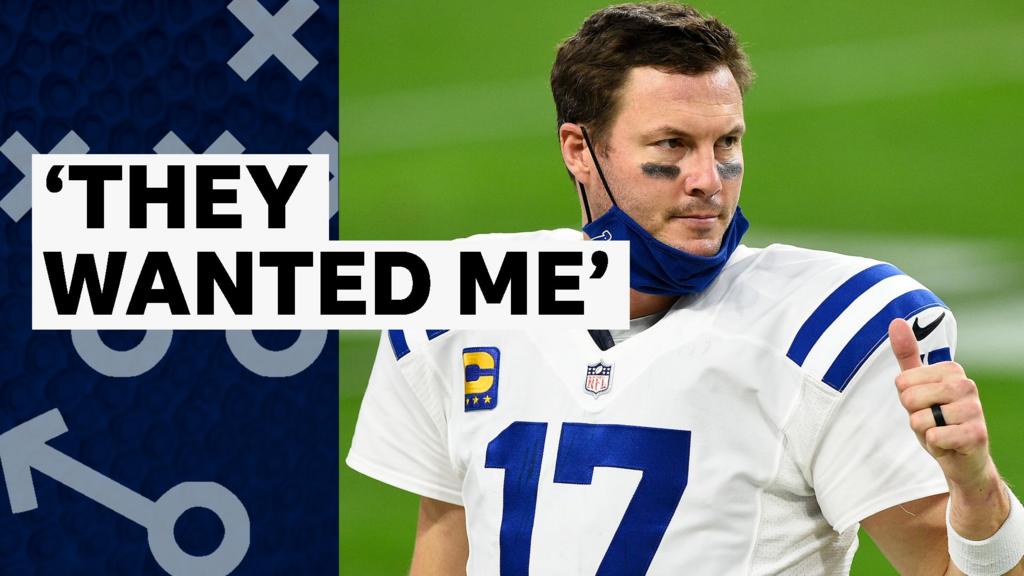Britain doesn’t really do snow. Everything just seems to grind to a halt.
We can’t drive anywhere, or use public transport… cycling seems like an even riskier option. But two of Britain’s most in-form athletes probably won’t have much choice at the much-delayed Giro d’Italia.
Geraint Thomas’ battle with Simon Yates in a three-week Grand Tour in which they must cover nearly 3,500km across Italy, at a time when winter is fast approaching, is going to be a fascinating spectacle.
A race which usually takes place in May when the last droplets of Alpine snow are running off the pines has been bravely rescheduled at a time when fans are excitedly tweeting pictures of snow-covered mountain tops before the race’s arrival.
Such are the geographical extremes of Italy, the race starts near the volcano of Monte Etna, and spends plenty of time soaking up the very last of the summer sun in Sicily before winding its way north along the Adriatic coast, through Rimini, and into the rapidly freezing Alps.
As golden and sunny as the team presentations have been near Palermo, Yates has the last week of the race on his mind already: “If someone tells you they like riding in snow, they’re lying.”
A compelling battle between two British riders
There’s little question this year’s much-delayed Tour de France delivered an unpredictable race and a dramatic ending based on riders losing form in dramatic fashion – possibly because of an inability to prepare properly during the coronavirus pandemic.
There was also a distinct lack of presence of top British riders in the competitive order, for the first time in more than a decade. So something of a modern-era natural order has been restored for the Giro by the presence of Thomas for his Ineos Grenadiers team and Yates in the colours of the charming Australian set-up Michelton-Scott.
Thomas, older at 34 and carrying more pressure, belongs to the sport’s most successful team with the biggest budget and resources.
Yates, in his prime at 28, rides for an outfit who, with roughly half the budget of the likes of Ineos, have put it all on pink this season.
But neither rider can really contemplate failure without serious unease.
Last chance for Thomas?
First, ‘G’… Thomas is a phenomenal talent who would have more than one Grand Tour victory to his name if things had played out differently across his time in the sport.
He probably needs to win the Giro d’Italia to continue to be at least viewed as a leadership priority in cycling’s biggest team. Egan Bernal and Richard Carapaz also have a point to prove after last month’s Tour de France, which Ineos failed to win for the first time 2014.
But Thomas has the most to lose – coincidentally, because of his main rival’s brother Adam Yates, who has signed for Ineos for next year from Michelton-Scott, and who wore the yellow jersey for four days at this year’s Tour.
Lose to Simon here, and risk losing out longer term to Adam in 2021.
But that jeopardy is tempered somewhat by the three time trials in this race – at the beginning, middle (more or less) and on the final day into Milan. There is 65km of time trial distance in total: more than usual, and a mouth-watering prospect for Thomas.
Thomas, Cardiff born, is the best time-triallist of the overall favourites, having just finished fourth in that discipline during the Road World Championships in Imola, Italy – and will be supported by the winner of that event, Fillippo Ganna.
By Yates’ team boss Matt White’s own admission, “we will be playing catch-up most of the race, and need a buffer ahead of the final day”.

Yates’ dark past
It’s different for Greater Manchester’s Yates, if no less inter-connected. He has already beaten Thomas a month ago by winning the eight-day Tirreno-Adriatico warm-up race, almost unnoticed as the world watched the Tour de France. Thomas was second – 17 seconds behind.
And, now his brother is leaving the Michelton-Scott team, Simon is the focal point as their best rider.
He is already more decorated than Adam, with seven Grand Tour stage wins to his name and victory at the 2018 Vuelta a Espana. Adam is yet to win a Grand Tour stage, a source of constant “banter” between the two.
Yates’ jeopardy? Those time trials – he knows Thomas is stronger, as do the other four main contenders, Steven Kruijswijk of Jumbo-Visma, Astana’s Jakob Fuglsang, Bora-Hansgrohe’s Rafal Majka and two-time winner Vincenzo Nibali of Trek-Segafredo.
“A lot will shape their race around Thomas,” Yates said on Friday.
There’s some unwanted history potentially repeating itself too. Remember Chris Froome’s incredible comeback at the 2018 Giro, in which he staggeringly clawed back three minutes 22 seconds to take victory towards the end of a gruelling race?
It was Yates who had worn the pink jersey for most of the race, before fading badly after some very strong early performances in the mountains.
“2018 was an aggressive race from us,” said White. “We didn’t get Simon’s time-trialling right. But in two years we’ve learned a lot, especially in TT. We know roughly what time we’ll lose over those and know how important being fresh in the last week is.”
Yates knows how crucial that final week is, but being prepared for it will not make it any easier. He is, on paper at least, at a disadvantage to Thomas’ time-trialling and the high-quality Ineos domestiques, who will pull him up the mountains.
But does Thomas’ firepower mean he lacks the race-craft, when Yates often has little choice but to be inventive? “What I enjoy is when I am able to express myself,” said Yates.
“I don’t like it when it’s trains on the climbs. I like racing. Watching out for the attacks and the tactics and to try to attack early. That’s the way I like to race.”
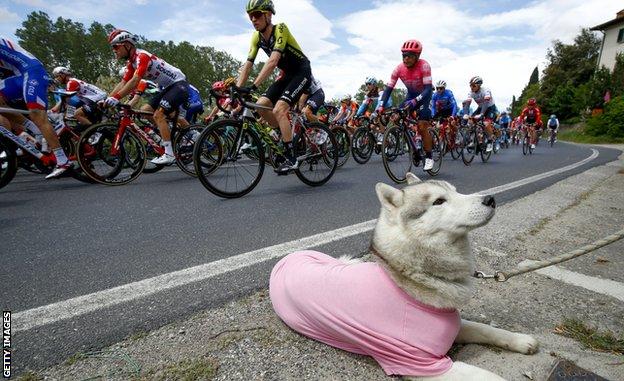
A race no-one can predict
Everyone will hope they will be allowed to race. In a calendar decimated by coronavirus, Giro organisers are just as determined as any to keep the event from falling into disarray.
The same protocols which proved to be largely successful at the Tour de France are in place: pre-race testing, team ‘bubbles’ and further tests for all riders and staff on both rest days.
However, teams will not be sent home if there are more than two positive tests in the same bubble.
Crowds will still be limited where possible but teams remain a little jittery over just how close some fans are getting to the riders – especially on the summit finishes.
But organisers’ headaches may not come in the form of Covid-19. Merely frozen water – if there’s enough of it – could cut stages and the whole race short. If it doesn’t, it could certainly provide the backdrop for summit finishes such as Sestriere, where Yates will have to be in a commanding position before the final time trial, otherwise Thomas will have it sewn up.
You know, just like super time triallist Primoz Roglic had in France 12 days ago…



